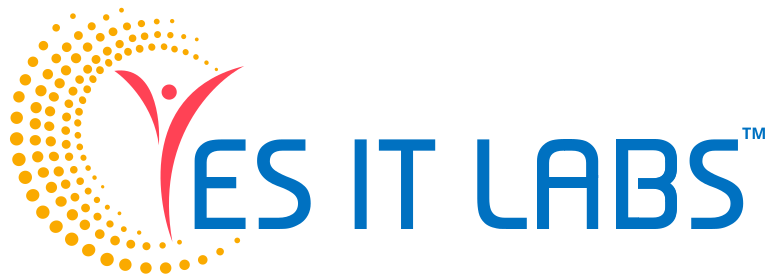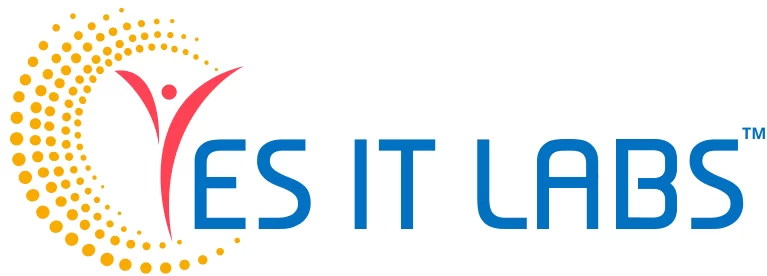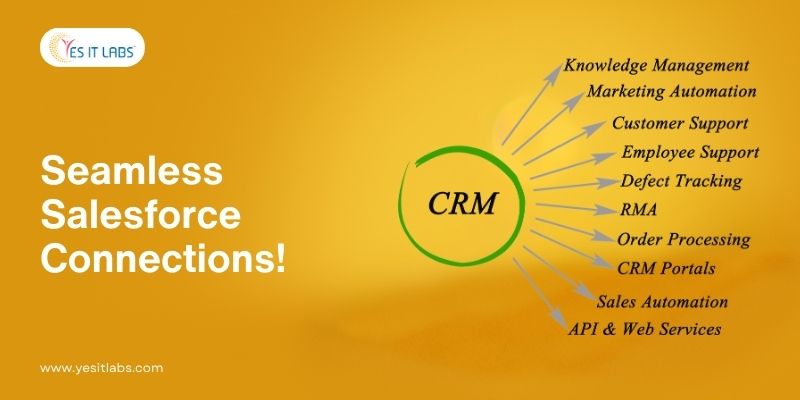Salesforce, the world’s leading customer relationship management (CRM) platform, plays an essential role in managing customer interactions, sales processes, and communication strategies. However, to unlock its full potential, businesses must integrate Salesforce with other third-party tools—such as marketing automation systems, e-commerce platforms, and project management software—that they use daily.
The process of integrating Salesforce with third-party apps can significantly enhance workflows, automate tasks, and provide richer insights into customer data. In this detailed guide, we will explore everything you need to know about Salesforce integration, covering the benefits, challenges, key considerations, and a step-by-step approach to help developers effectively implement seamless integrations.
1. Understanding the Importance of Salesforce and Third-Party App Integrations
Salesforce has become the go-to CRM for businesses worldwide, helping them manage customer relationships, track sales leads, and improve internal processes. However, as businesses grow and adopt a variety of tools for marketing, e-commerce, customer service, and project management, it becomes essential for Salesforce to work seamlessly with these third-party applications. Integrating Salesforce with these external platforms centralizes business operations, improves collaboration, and enhances customer interactions.
This developer’s guide will cover every aspect of Salesforce integration—from understanding the different integration options available to implementing them successfully. Our goal is to empower you with the knowledge and tools necessary to create high-performance integrations that provide meaningful business value.
2. Key Benefits of Integrating Salesforce with Third-Party Applications
Salesforce is an incredibly powerful tool on its own, but when integrated with third-party applications, it becomes an even more robust solution that meets the complex needs of modern businesses. Here are the main benefits of integrating Salesforce with other systems:
- Centralized Data Management: Integration ensures that customer data from various tools like marketing, e-commerce, and customer support platforms is synced with Salesforce, giving teams a unified view of all customer interactions.
- Enhanced Process Automation: By automating repetitive tasks, such as data entry and updating records across platforms, businesses can improve efficiency, save time, and reduce the likelihood of human error.
- Informed Decision-Making: Having all essential data accessible in one place allows businesses to make better decisions based on real-time insights and comprehensive reports.
- Improved Customer Experience: Integrations allow customer service, sales, and marketing teams to access detailed customer information, enabling them to provide a more personalized and cohesive experience.
For companies looking to streamline this process, partnering with a salesforce development company can significantly help in navigating the complexities of third-party app integrations.

3. Exploring the Different Types of Salesforce Integrations
When it comes to integrating Salesforce with third-party applications, developers can take several different approaches depending on the complexity of the integration and the business’s specific needs. Understanding these methods will help you select the right approach for each project.
API-Based Integrations
APIs, or Application Programming Interfaces, are one of the most commonly used methods for integrating Salesforce with external systems. APIs allow two or more applications to communicate and exchange data. Salesforce offers REST and SOAP APIs, which developers can use to pull, push, and manipulate data between Salesforce and third-party applications in real time.
AppExchange Integrations for Pre-Built Solutions
Salesforce’s AppExchange marketplace offers a wide variety of pre-built integration solutions for commonly used third-party tools. These out-of-the-box solutions make it easy for developers to integrate Salesforce with platforms like MailChimp, QuickBooks, and Shopify without needing to write complex code from scratch.
Middleware Platforms and Custom Solutions
For more complex integrations, middleware platforms like MuleSoft can serve as an intermediary, helping to facilitate communication between Salesforce and other applications. These platforms often offer pre-built connectors and templates for integration, simplifying the process for developers while offering customization options.
These platforms can be highly useful when implementing salesforce development services for enterprises looking to enhance their systems without compromising on flexibility.
4. Common Business Use Cases for Salesforce Integrations
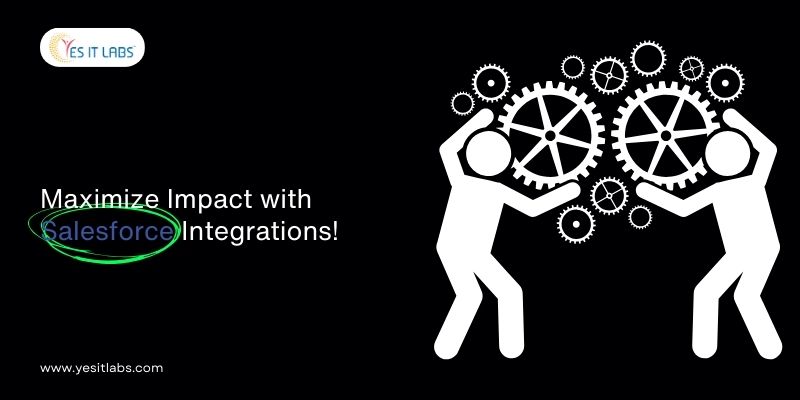
Salesforce integrations are invaluable for many different business functions, as they streamline workflows, eliminate data silos, and create efficiencies across departments. A few of the most common use cases are listed below:
- Marketing and CRM Integration: Integrating Salesforce with marketing platforms like HubSpot or Marketo ensures that sales and marketing teams are working with synchronized data, allowing for more targeted campaigns and personalized outreach.
- E-Commerce and Salesforce Integration: Connecting Salesforce with e-commerce platforms like Shopify or WooCommerce allows businesses to track orders, analyze sales trends, and manage customer data in real-time.
- Customer Support Integration: By integrating Salesforce with support tools like Zendesk or Freshdesk, customer service teams can access detailed customer information within Salesforce to resolve issues more effectively.
- Enterprise Resource Planning (ERP) Integration: Integrating Salesforce with ERP systems such as SAP or NetSuite helps businesses achieve better alignment between sales, operations, and finance.
The flexibility of salesforce technologies allows businesses to meet these needs, providing scalable solutions for enterprises of all sizes.
5. Critical Considerations Before Implementing Salesforce Integration
Before beginning the integration process, developers and stakeholders need to evaluate several key factors to ensure a smooth, secure, and scalable implementation.
Ensuring Data Security and Regulatory Compliance
Data security is a top concern in any integration project, especially when customer data is involved. It is important to ensure that any third-party applications comply with Salesforce’s security standards, as well as any relevant regulations, such as GDPR or HIPAA. Developers should implement robust authentication methods and encryption for data transfers.
Planning for Scalability and Flexibility
The integration should be designed with future scalability in mind. As the business grows and its needs evolve, it may require additional integrations or expanded functionality. Planning for flexibility in the integration design will allow for easier adjustments down the road.
Testing for Compatibility and Performance Optimization
Not all third-party apps are fully compatible with Salesforce, and certain integrations can impact system performance. Before launching the integration, ensure that both systems are compatible and that the integration does not negatively affect performance by testing thoroughly in a sandbox environment.
Working with a trusted salesforce CRM solutions provider can help avoid these common pitfalls and optimize the integration process.
6. Tools, Platforms, and Technologies for Successful Salesforce Integrations
To facilitate seamless integrations, developers have access to a variety of tools and platforms that simplify the process and offer robust functionality.
Leveraging Salesforce Connect for Real-Time Data Access
Salesforce Connect allows developers to access external data in real-time without having to store it in Salesforce. It uses the OData protocol, making it ideal for integrating with apps like SAP, SharePoint, and other databases.
Using MuleSoft for Complex Integration Networks
MuleSoft, a Salesforce-owned integration platform, offers an extensive library of connectors, making it easy to connect Salesforce with virtually any app or service. It’s the preferred choice for organizations that require complex integrations across multiple systems.
Streamlining Workflows with Zapier
Zapier is an automation platform that connects Salesforce with over 3,000 apps. While it is more suited for simple integrations, it’s an excellent choice for businesses looking to automate basic workflows and data syncing without needing advanced technical skills.
Building Custom Integrations with Heroku
Heroku is a cloud platform owned by Salesforce that allows developers to build custom applications that can be tightly integrated with Salesforce. It’s a great option for building unique, tailored integrations that require high performance and flexibility. Using salesforce application development tools like Heroku can ensure that these custom solutions are efficient and secure.
7. Step-by-Step Process for Integrating Salesforce with Third-Party Applications
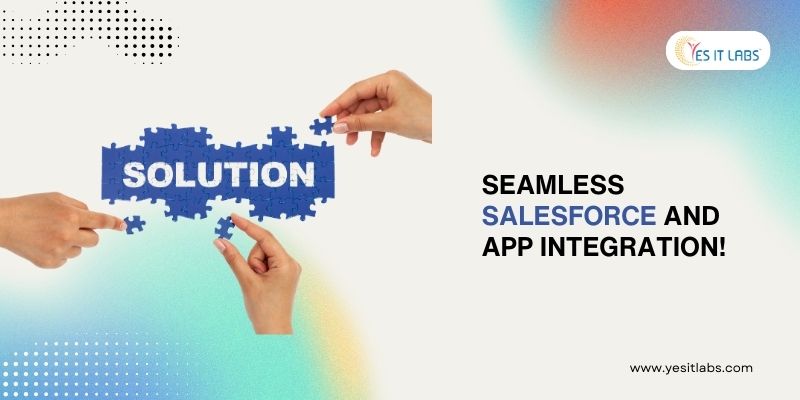
To help you successfully integrate Salesforce with third-party applications, follow this step-by-step process:
Step 1: Clearly Define Business Requirements and Integration Goals
Start by identifying the business requirements for the integration. What specific data should be shared between Salesforce and the third-party application? What tasks need to be automated? A clear understanding of these goals will guide the integration process.
Step 2: Choose the Most Appropriate Integration Method Based on Requirements
Depending on the complexity and scope of the project, select the most appropriate integration method. For simple integrations, AppExchange solutions or Zapier may suffice. For more complex needs, API-based or middleware solutions like MuleSoft will provide the necessary flexibility.
Step 3: Develop Custom APIs or Utilize Pre-Existing APIs for Seamless Integration
If a pre-built solution does not meet the business’s needs, you will need to develop custom APIs or use pre-existing APIs to ensure seamless data transfer. Salesforce offers a variety of APIs, including REST and SOAP, which can be used for this purpose.
Step 4: Conduct Comprehensive Testing in a Controlled Sandbox Environment
Before rolling out the integration in a live environment, conduct thorough testing in a Salesforce sandbox. This allows you to identify any bugs, performance issues, or security vulnerabilities that could impact the system once it goes live.
Step 5: Continuously Monitor, Maintain, and Update the Integration as Needed
Once the integration is live, ongoing monitoring and maintenance are essential. Bugs, updates to the third-party app, or changes in salesforce mobile app development could require modifications to the integration to ensure it continues to function efficiently.
8. Addressing Common Challenges in Salesforce Integration and Practical Solutions
Salesforce integration is not without its challenges. However, being aware of potential issues can help developers proactively address them. Common challenges include:
- Data Syncing Errors: Data mismatches between Salesforce and third-party applications can cause syncing issues. Ensuring that data formats are compatible between systems can mitigate this problem.
- Security Vulnerabilities: Weak authentication or data encryption can expose sensitive data during integration. Implementing robust security protocols is critical for safeguarding customer information.
- Performance Bottlenecks: Complex integrations may affect system performance, causing slowdowns or downtime. Regularly monitoring system resources and optimizing code can help maintain performance.
Engaging experienced hire salesforce developers is often essential to navigating these challenges and ensuring a smooth integration process.
9. Best Practices for Optimizing Salesforce Integrations
To maximize the success of your integration, consider the following best practices:
- Utilize Native Salesforce Tools: Where possible, use Salesforce’s built-in tools such as Salesforce Connect and AppExchange apps to streamline integrations.
- Monitor System Performance Regularly: Keep an eye on system performance to detect any bottlenecks or resource usage spikes that could indicate integration issues.
- Maintain Clean Data: Regularly audit your data to ensure that only relevant, accurate data is being synced across platforms. This helps improve the efficiency of the integration and reduces system overhead.
By following these best practices, businesses can ensure that their Salesforce integrations are efficient, secure, and scalable.
10. Conclusion: Maximizing the Impact and Value of Salesforce Integrations
Salesforce integration with third-party apps offers businesses a powerful way to enhance their operations, automate workflows, and improve decision-making. Whether it’s integrating with marketing tools, e-commerce platforms, or enterprise resource planning systems, the ability to centralize data and streamline processes makes Salesforce an indispensable part of modern business strategies.
The use of salesforce CRM solutions allows organizations to create a seamless, connected ecosystem that provides real-time insights and automated processes, driving productivity and enabling more informed decision-making. Whether you are working with simple or complex integrations, following best practices, leveraging the right tools, and addressing potential challenges will lead to successful implementations that deliver maximum value.
